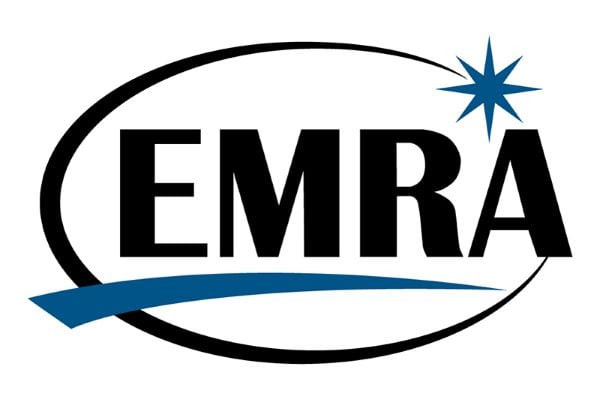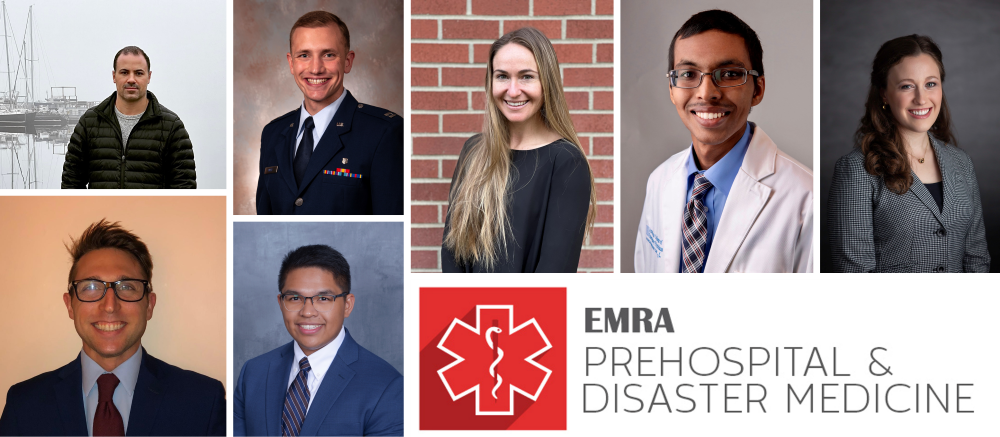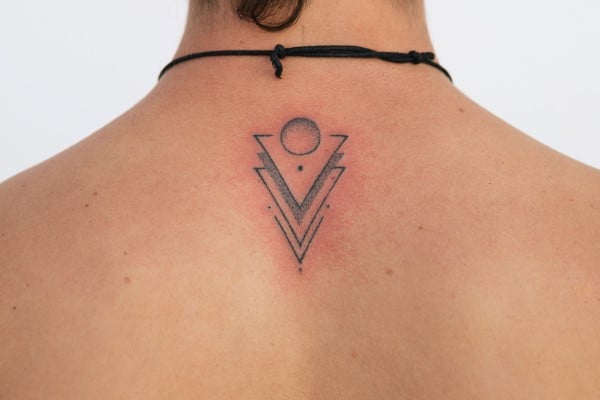Integrating Ultrasound into Undergraduate Medical Education: Our Experience
Jacob Freudenberger, OMSIII, Texas College of Osteopathic Medicine (TCOM)
EMRA MSC Southwest Representative 2019-20
Conner Reynolds, OMSIII, TCOM
Kevin Thompson, OMSIII, TCOM
Jennifer Byrd DO, PGY-2, Emergency Medicine, John Peter Smith Hospital
How It Started
Dr. Smith is making his way around the classroom. My heart pounds as he approaches me, going down the row, one medical student after another. I’m up. “What plane do you think this image is in?” he asks, pointing at an ultrasound image on the screen. Nearly 250 of my peers are about to hear how little I know about ultrasound. “I think this image is in the transverse plane,” I respond unconfidently. Then, he asks the question every medical student hates to hear: “Why?” I throw my hands up in the air because I cannot even begin to describe why certain anatomical structures look the way they do. The class laughs in sympathy, as no one is sure how to identify the image plane with only three months of experience in medical school.
My colleague and I had similar issues when working through clinical case simulations as members of our school’s Student Initiative in Medical Simulation (SIMS) club. We had difficulty interpreting where the ultrasound image was taken from, much less what it told us about our simulated patient. After seeking advice from senior students and residents, the consensus was clear: "you just have to do it. Get your hands on a probe and practice on each other to understand the images.” While this was great advice, there was no real opportunity for us to practice since our school did not have a curriculum in place to support hands-on ultrasound education.
Ultrasound is seen as one of the more challenging radiological modalities to grasp. Structures are harder to identify than one would think when placing a probe on the body’s surface. Interpretation requires some mental backflips and an intimate understanding of anatomy. In this class, we were being asked to make sense of these images without ever having used an ultrasound machine. This lack of practical application is what spurred our initiative to bring hands-on ultrasound training to our school.
First, we attempted to raise the issue with our school’s leadership. Collaborating with our medical student government association, we sent a letter to faculty outlining the growing utility of ultrasound and asking whether more hands-on education could be incorporated into the curriculum. In response, the leadership identified a primary barrier as the lack of faculty with extensive experience of point-of-care ultrasound. Other hurdles included the cost of hiring experienced faculty and finding time to integrate new learning objectives into already saturated student schedules.
However, as we began to learn how advantageous, and increasingly necessary, an understanding of ultrasound is - especially for those who wish to match into emergency medicine - we decided to take matters into our own hands. We built connections with EM residents at John Peter Smith (JPS) Hospital, a Level 1 trauma center in Fort Worth, Texas. Their support has been integral in teaching medical students clinical skills during after-hours case simulations and skills sessions. We asked this group if they would be willing to teach a crash course on the ultrasound techniques most frequently used in the ED. In Spring 2018, we held two such sessions. They were were highly successful; students loved the sessions and the residents enjoyed teaching us skills that would help better prepare us for our EM rotations.
We Wanted More
After two successful skills sessions, we regrouped and initiated plans for a short course in place of isolated sessions. We worked with Dr. Peter Kim, a PGY-3, to develop the course curriculum. Since this course was under the aegis of our SIMS and EMIG student organizations, we limited learning objectives to ultrasound skills utilized in the ED. We started with the FAST and E-FAST exams. Once students built some basic hands-on skills, we moved on in later classes to cover echocardiography; gallbladder, renal, and DVT exams; deep venous access; and ocular emergencies. We opened the course to a cohort of second-year medical students, using each session as a stepping stone to effectively build knowledge and cement understanding over time. Throughout the entire course, the rooms were full of energy and excitement.
Integration into the Curriculum
During the course, we continued to communicate with faculty just how much students loved ultrasound and wanted to see more of it in the curriculum. The faculty took note of this positive energy and decided to incorporate ultrasound into our simulation skills curriculum during our renal and cardiology courses. These sessions provided an additional layer of understanding to what we were learning in the classroom. Just as in our pilot course, the student feedback was overwhelmingly positive, with the only complaint being “I wish we had more time.”
After these courses, we were invited to speak before the TCOM Academy of Medical Educators (AME) to convey students’ perspectives on ultrasound education. The AME is a committee of basic science and clinician faculty who collaborate to develop instructional modules congruent with current learning science principles. In our discussions with the committee, we brainstormed how ultrasound could be implemented longitudinally across all four years of medical school, with measurable core competencies. We were then invited to collaborate on a faculty committee which will work to establish such modules within the curriculum. The administration at TCOM has been very receptive to curricular changes that will benefit students of the school and we are excited to be working with them for the foreseeable future.
Conclusion
Ultrasound is rapidly becoming an important adjunct to the physical exam. Introducing this skill early in medical school curricula builds a strong scaffolding for understanding anatomical relationships. It also provides an additional modality for clinical problem solving. Through effective collaboration and communication across all levels of our school, and with the support of JPS residents, we have been able to make this vision a reality. We believe that integrating ultrasound into undergraduate medical education is a necessary and achievable goal for schools across the country.
Related Content

Aug 25, 2017
Your Home
The Emergency Medicine Residents' Association EMRA is the voice of emergency medicine physicians-in-training and the future of our specialty and the largest and oldest independent resident organization in the world. EMRA was founded in 1974 and today has a membership over 18,000 residents, medical students, and alumni.






